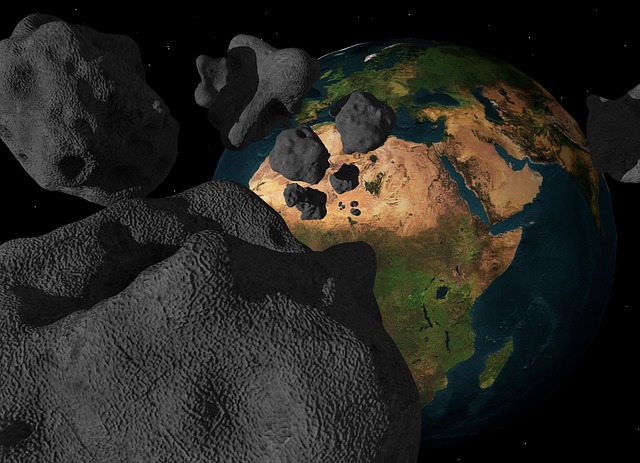NASA scientists have tracked a mysterious group of “outcast” asteroids to their birthplace.
According to Tech Times, the astronomers identified a family of asteroids using the NEOWISE (Near-Earth Object Wide-field Infrared Survey Explorer) space telescope. These asteroids, considered near-Earth objects (NEOs), are believed to be traveling in highly tilted orbits from the solar system’s planetary plane.
The asteroids are part of the Euphrosyne family, a group of asteroids at the farthest edge of the asteroid belt between Mars and Jupiter, which have an unusual orbital path well above the ecliptic – the equator of the solar system.
The group is named after the largest asteroid in the bunch, Euphrosyne, which is believed to be a remnant of a collision 700 million years ago that created the smaller asteroids in the family.
The scientists at NASA’s Jet Propulsion Laboratory in Pasadena, California used the NEOWISE telescope to discover more about these asteroids, and their potential threat to Earth, reports Phys.Org. NEOs are bodies whose orbits around the sun bring them close to Earth, so the study of these asteroids is important to the safety of our planet.
The researchers believe the Euphrosynes are the source of the dark NEOs previously discovered. Through gravitational interactions with Saturn, the asteroids could evolve into NEOs – over millions of years, that is.
“The Euphrosynes have a gentle resonance with the orbit of Saturn that slowly moves these objects, eventually turning some of them into NEOs,” said Joseph Masiero, JPL’s lead scientist on the Euphrosynes study.
The Euphrosynes have a gentle resonance with the orbit of Saturn that slowly moves these objects, eventually turning some of them into NEOs. This particular gravitational resonance tends to push some of the larger fragments of the Euphrosyne family into near-Earth space.
In other space news, the Kepler-452b space telescope discovered an exoplanet similar to Earth.
























